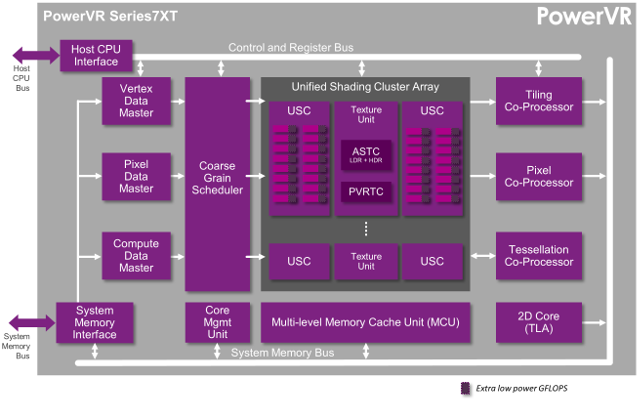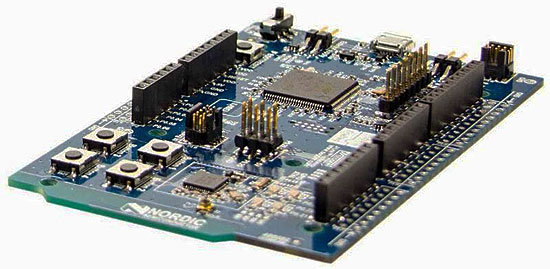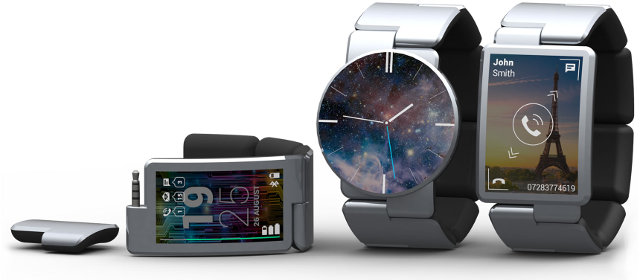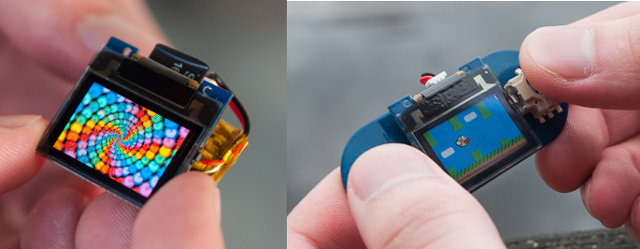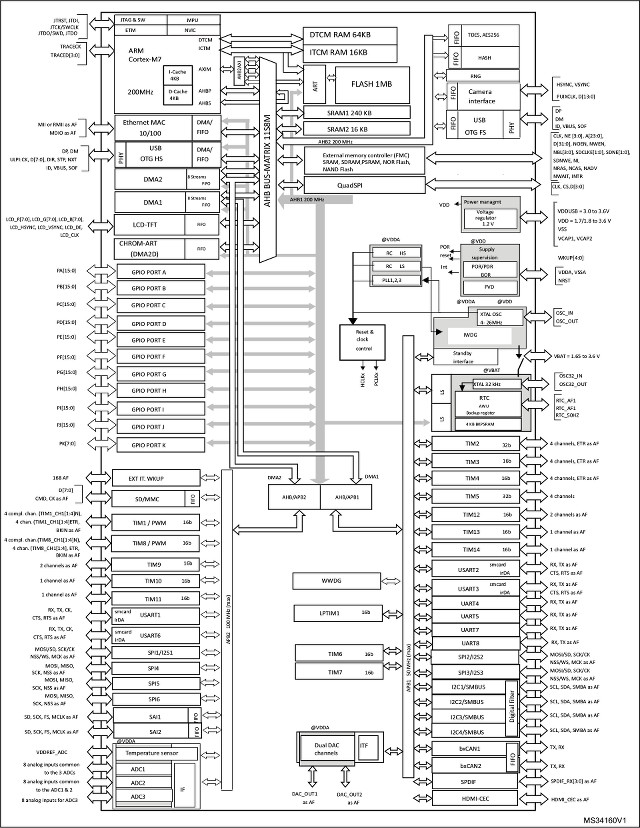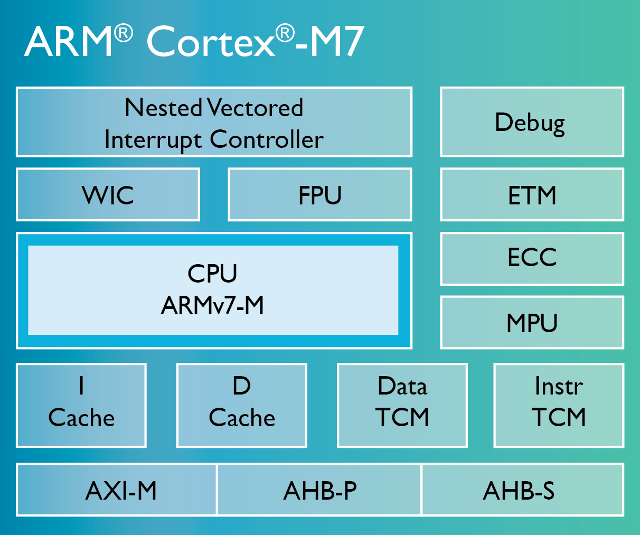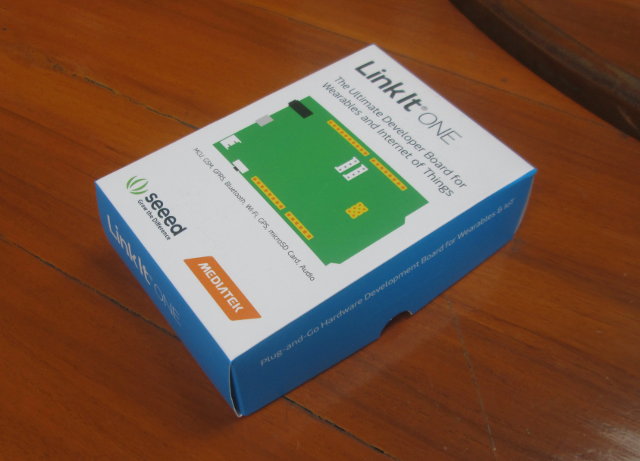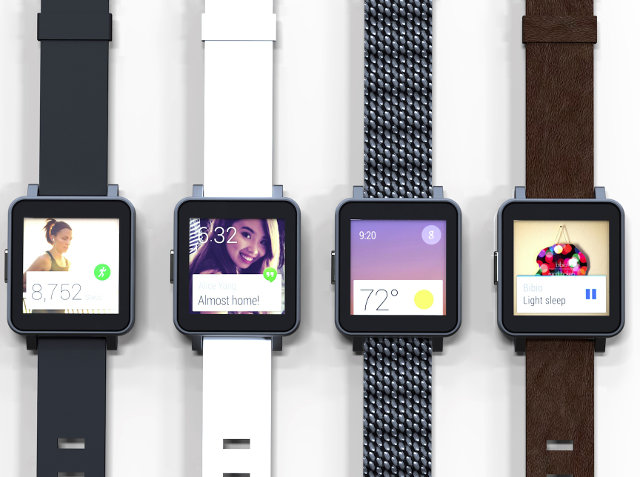Imagination Technologies has announced a new PowerVR Series7 GPU architecture that will be used in their high end PowerVR Series7XT GPUs delivering up to 1.5 TFLOPS for mid range and high-end mobioe devices, set-top boxes, gaming consoles and even servers, as well as their low power lost cost PowerVR Series7XE GPUs for entry-level mobile devices, set-top boxes, and wearables. PowerVR Series7 GPU, both Series7XT and Series7XE GPUs, can achieve up to a 60% performance improvement over PowerVR Series6XT/6XE GPUs for a given configuration. For example a 64-core PowerVR7XT GPU should be up to 60% faster than a 64-core PowerVR Series6XT clocked at the same frequency, with all extra performance due to a different and improved architecture. Some of Series7 architectural enhancements include: Instruction set enhancements including added co-issue capability, resulting in improved application performance and increased GPU efficiency New hierarchical layout structure that enables scalable polygon throughput and pixel fillrate […]
Nordic Semi Announces nRF51 DK Arduino Compatible Board, and nRF51 Dongle with Bluetooth Smart, ANT, and 2.4GHz Connectivity
Nordic Semiconductor has introduced two new low cost development boards supporting Bluetooh LE, ANT/ANT+, and proprietary 2.4GHz applications based on their nRF51 series SoCs: nRF51 DK, an Arduino UNO Rev.3 compatible board that can be used for various IoT and wearables applications, and nRF51 Dongle, a USB dongle to connect to a PC or board, which can be useful for packet sniffing and BLE peer connection. nRF51 DK Development Board Key features listed for the board: SoC – Supports nRF51822 (BT/2.4Ghz) and nRF51422 (BT/ANT) SoCs based on an ARM Cortex M0 processor, with 128kB or 256kB flash memory, and 16kB or 32kB RAM. Connectivity Bluetooth Smart, ANT/ANT+ and 2.4GHz proprietary Integrated PCB antenna Connector for RF measurements Expansions Headers Arduino Uno Rev. 3 compatible connector for use with 3rd party shields All I/O and interfaces available via connectors Debugging Segger J-Link OB and ARM CMSIS-DAP Program/Debug supported Support for Program/Debug […]
Meet Blocks, a Tizen Modular Smartwatch based on Edison Board
If you like Phoneblocks / Project Ara module model concept, you may also be interested in Blocks, a modular smartwatch comprised of blocks connected via 3.5mm jacks. The watch is running Tizen on Edison development board powered by Intel dual-core Atom + Quark SoC, and part of the 10 finalists of Intel’s Make It Wearable challenge. Most smartwatches comes with a dumb” watchband, but with Blocks both the actual watch, and watchband are smart and customizable. You can change from round to square display, and add modules, which are part of the watchband, adding features like GPS, heat rate monitor, motion sensors, extra battery capacity, SIM card, contactless payment, temperature sensors, and so on. Each module also have a removable cover to let you change the color. One of the main drawbacks of current smartwatches is the battery life (1 to 2 days), so if it is possible to connect […]
$25 TinyScreen is an OLED Display for TinyDuino Arduino Compatible Board (Crowdfunding)
Back in 2012, Tiny Circuits launched a Kickstarter campaign for TinyDuino, an Arduino compatible board that’s… tiny, based on Atmel Atmega328P, and supports tiny stackable shields in a similar fashion to Microduino (launched in 2013). The campaign was successful, and the company is now back on Kickstarter with TinyScreen, an OLED display that can be stacked on top of TinyDuino to create a smartwatch, a minuscule gamepad, smart glasses, and more. TinyScreen technical specifications: 96×64 OLED display, 16-bit color depth 0.96″ (24.4mm) viewable area Software controllable backlight (OLED brightness) Power down mode Four push buttons along the sides (connected to IO pins) SPI interface for display Power Supply – 3.0V to 5.5V operation (higher voltages supported with TinyShield power regulator) Power Consumption – 20 – 45mA max supply current (depending on brightness) Dimensions – 25.8mm x 25.0mm Programming of TinyDuino can be done through a web interface for Arduino called […]
STMicro STM32F7 Series is the First ARM Cortex-M7 MCU Family
Right after ARM’s Cortex-M7 announcement, STMicro has listed STM32F7 MCU family based on the latest ARM core on their website. The family is comprised of 20 different MCUs with various flash size, packages, and with or without a crypto/hash coprocessor. The company expects their STM32F756xx microcontrollers to be used for motor drive and application control, medical equipment, industrial applications such as PLC, inverters, and circuit breakers, printers & scanners, alarm systems, video intercom, HVAC, home audio appliances, mobile applications, Internet of Things application, and wearable devices such as smartwatches. STM32F7 MCUs share the following key features: Cortex-M7 core @ 200 Mhz (1000 CoreMark/428 DMIPS) with L1 cache (4KB I-cache, 4KB d-cache) 320KBytes of SRAM with scattered architecture: 240 Kbytes of universal data memory a 16 Kbytes partition for sharing data over the bus matrix 64 Kbytes of Tightly-Coupled Data Memory (DTCM) for time critical data handling (stack, heap…) 16 Kbytes […]
ARM Introduces Cortex-M7 MCU Core for IoT, Wearables, Industrial and Automotive Applications
ARM has just announced Cortex-M7 processor based on ARMv7-M architecture, with double the compute and digital signal processing (DSP) capability of ARM Cortex M4. The latest ARM MCU core targets IoT and wearables applications for the automotive, industrial, and consumer markets including motor control, industrial / home / factory automation, advanced audio, image processing, connected vehicle applications, and so on. Cortex-M7 comes with enhanced DSP instructions, a better FPU (FPv5 with single and double precision support), and tight coupled memory compared to Cortex-M4, according to an Anandtech article. ARM Cortex-M7 also achieves 5 CoreMark/MHz against 3.41 CoreMark/MHz for Cortex M4, and up to 3.23 DMIPS/MHz against up to 1.95 DMIPS/MHz. ARM Cortex-M7 features listed in the press release: Six stage, superscalar pipeline delivering 2000 Coremarks at 400MHz in a 40LP process. AXI interconnect (supports 64-bit transfer) and fully integrated optional caches for instruction and data allowing efficient access to large […]
Getting Started with LinkIt ONE Development Kit for Wearables & IoT
After going through WRTnode Quick Start Guide, it’s now time to play with LinkIt ONE, the IoT development board from Mediatek designed by Seeed Studio. LinkIt ONE is the first Hardware Development Kit (HDK) for Mediatek LinkIt, so there may be a LinkIt TWO, and/or other hardware platforms in the future. LinkIt ONE specifications Let’s quickly go through the specifications first: Processor – Mediatek MT2502A (Aster) ARM7 EJ-STM processor @ 260 MHz System Memory – 4 MB Storage – 16MB Flash for firmware + micro SD slot shared with SIM slot for up to 32GB additional storage Connectivity: Wi-Fi – 802.11 b/g/n (MT5931) with external antenna Bluetooth – BR/EDR/BLE(Dual Mode) GPS – Mediatek MT3332 with external antenna GSM/GPRS – 850/900/1800/1900 MHz band, Class 12 GPS with external antenna Audio – 3.5mm headphone jack (including mic support) – Support for MP3, AAC, and AMR codecs. Serial – Software Serial (Serial), and […]
$125 Com 1 Android Wear Watch Powered by Ingenic JZ4775 MIPS Processor (Crowdfunding)
If you’d like to get an Android Wear watch, but are not quite ready to spend $200+ for the models currently available, the Com 1 Android Wear smartwatch could be interesting as you may get one for as low as $125, albeit with higher risks since it’s part of a flexible funding Indiegogo campaign. The watch is powered by Ingenic JZ4775 MIPS processor, features a 1.6″ AMOLED display, and is IP67 rated (Water- and dust-proof). Com 1 watch hardware specifications: SoC – Ingenic JZ4775 XBurst (MIPS) processor @ 1.0 GHz with 2D graphics, and VPU (MPEG-2, MPEG-4, VC-1, H.264, VP8, RV9), 720p@30fps System Memory – 375 MB LPDDR1 Storage – 4 GB eMMC Display – 1.6” AMOLED touchscreen display, 320 x 320 resolution, 16.7 Million Colors , LED back light, Brightness: 300 cd/m^2. Connectivity – WiFi (802.11 a/b/g/n at 2.4/5 GHz), Bluetooth 4.0 + EDR (BLE Compliant), FM, and NFC Sensors – […]


